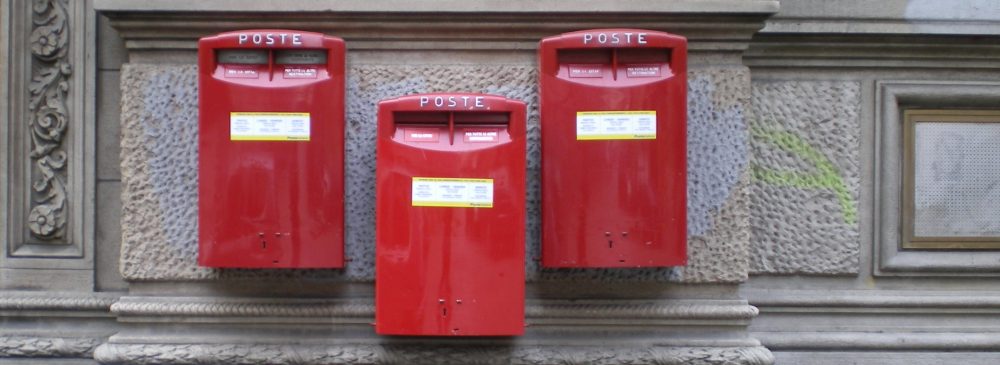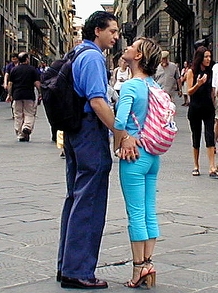Leonardo Da Vinci’s “Last Supper” in Milan got a multimedia makeover thanks to British director Peter Greenaway. You can still catch it in Milan until September 6 when it’ll be packed up for an international tour promoting Italy’s Furniture Fair.
Visitors see the ravaged Renaissance masterpiece in a new way with lights, voices, sounds and images layering over the work, centering around the moment when Christ announces the betrayal of one of the apostles.
Greenaway’s film was intended to run on top of Leonardo’s original fresco, but although the project has been hyped for months, the Italian government woke up a few days before the launch and forbade any such artistic happening given the extreme fragility of the work.
Instead, the film projects over a life-size copy of the fresco at the Sala dei Cariatidi, normally closed to the public, in Palazzo Reale near the Duomo. I elbowed my way into the press preview, where the video is projected over a convincing replica of the fresco — thanks to an extremely high-res digital photo — while the room is divided by a long white table with white plates, cups and bread similar to the one in the artwork.
Viewers are sandwiched between the fresco and a back wall where up-close fragments of the fragile painting and portraits play across a screen — leading to a tennis-game effect since it’s impossible to know where to be look during the 15 or so minutes of the piece. (My friend and I both missed the final moment before the writing comes up on the wall because we were looking in the wrong direction. If you know how it ends, please email me.)
Though the experience would improve dramatically following a glass or two of Chianti, it is worth a gander, especially for the dramatic use of back lighting which seems to make the painting move towards viewers.
This is the latest in a trio of Greenaway’s projects in Italy — he “peopled” a newly-restored palace, the Venaria Reale, with 200 HDTV short films and used the same multimedia approach to enliven Milan’s recently inaugurated Design Museum.
If you go: Palazzo Reale
April 16–Sept. 6
Opening hours have been extended, too:
Mon., Tues., Weds., Sunday 2:30 p.m. to 7:30 p.m.
Thurs., Fri., Sat., 2:30 p.m. – 10:30 p.m.
Admission every 20 minutes, tickets €5.
From the Duomo, walk all the way through the courtyard and up the huge stone staircase on the left. You’ll have to walk through part of the Canova exhibit to get there, there are combined tickets if you want to see both.



 If Italians are trying hard to get what they need,
If Italians are trying hard to get what they need, 



